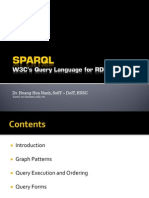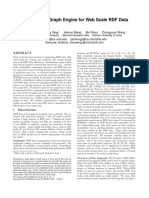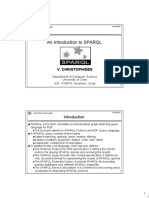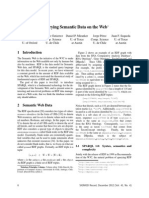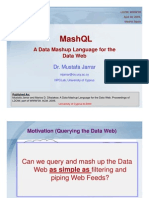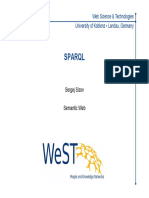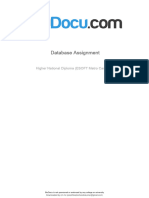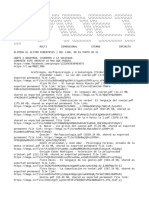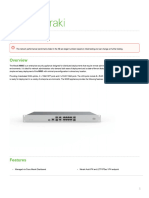0% found this document useful (0 votes)
28 views4 pagesSPARQL Basics
SPARQL is a query language designed for retrieving and manipulating data in RDF databases, similar to SQL but tailored for semantic data and knowledge graphs. It allows for powerful querying of relationships between entities and supports reasoning for AI knowledge retrieval. SPARQL is used in various applications, including Google's Knowledge Graph and enterprise AI systems, to access structured knowledge across linked datasets.
Uploaded by
fankyden8Copyright
© © All Rights Reserved
We take content rights seriously. If you suspect this is your content, claim it here.
Available Formats
Download as DOCX, PDF, TXT or read online on Scribd
0% found this document useful (0 votes)
28 views4 pagesSPARQL Basics
SPARQL is a query language designed for retrieving and manipulating data in RDF databases, similar to SQL but tailored for semantic data and knowledge graphs. It allows for powerful querying of relationships between entities and supports reasoning for AI knowledge retrieval. SPARQL is used in various applications, including Google's Knowledge Graph and enterprise AI systems, to access structured knowledge across linked datasets.
Uploaded by
fankyden8Copyright
© © All Rights Reserved
We take content rights seriously. If you suspect this is your content, claim it here.
Available Formats
Download as DOCX, PDF, TXT or read online on Scribd
/ 4












